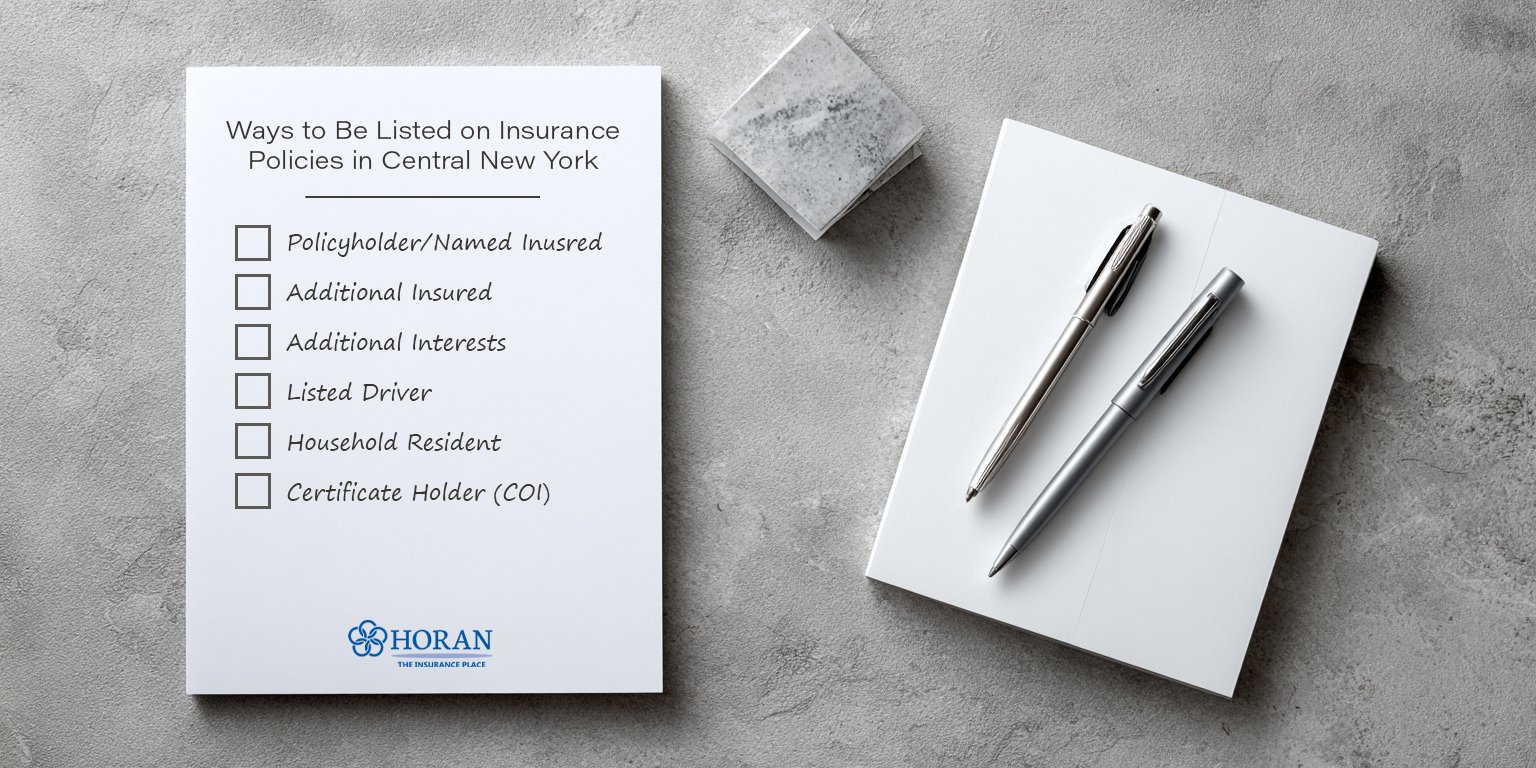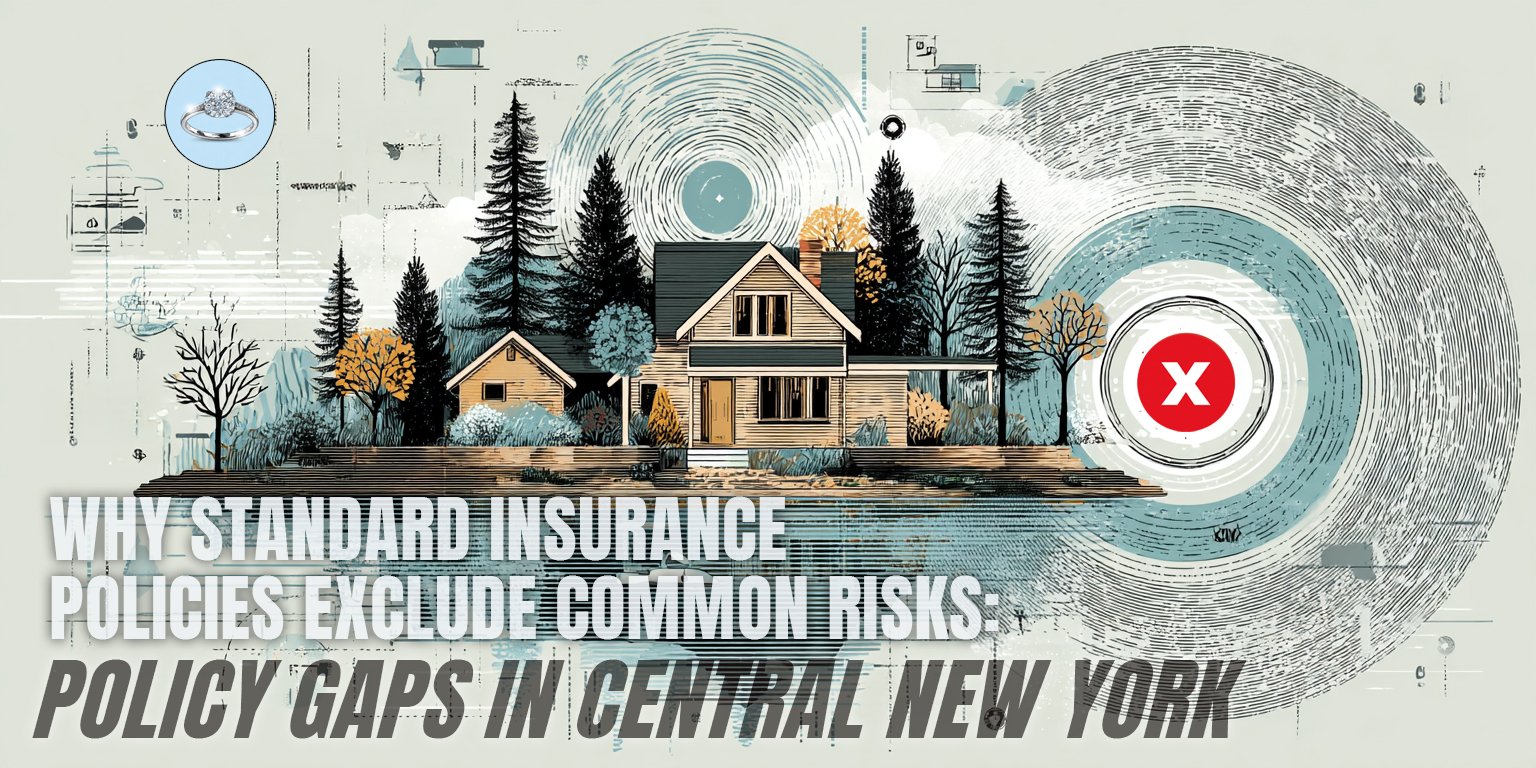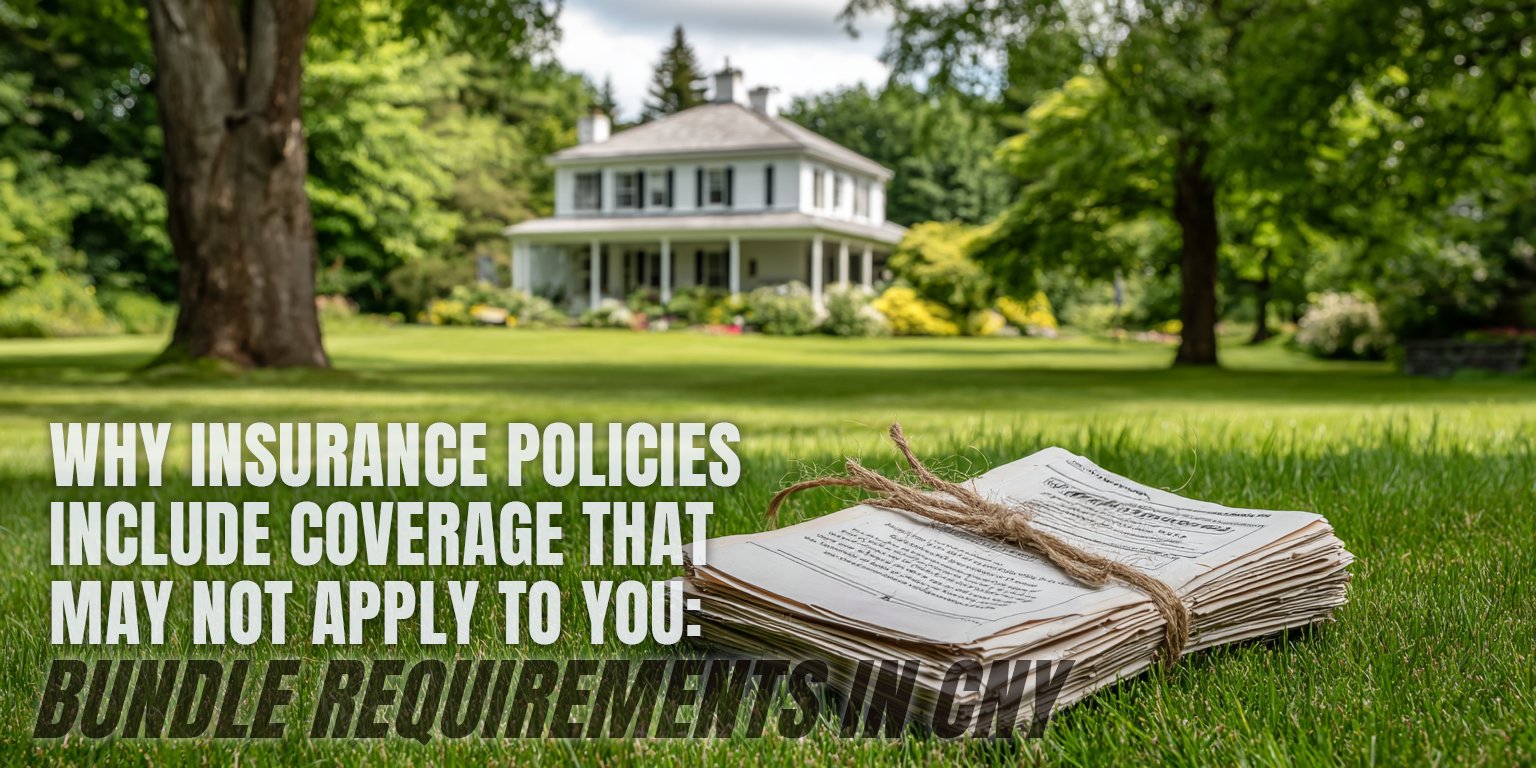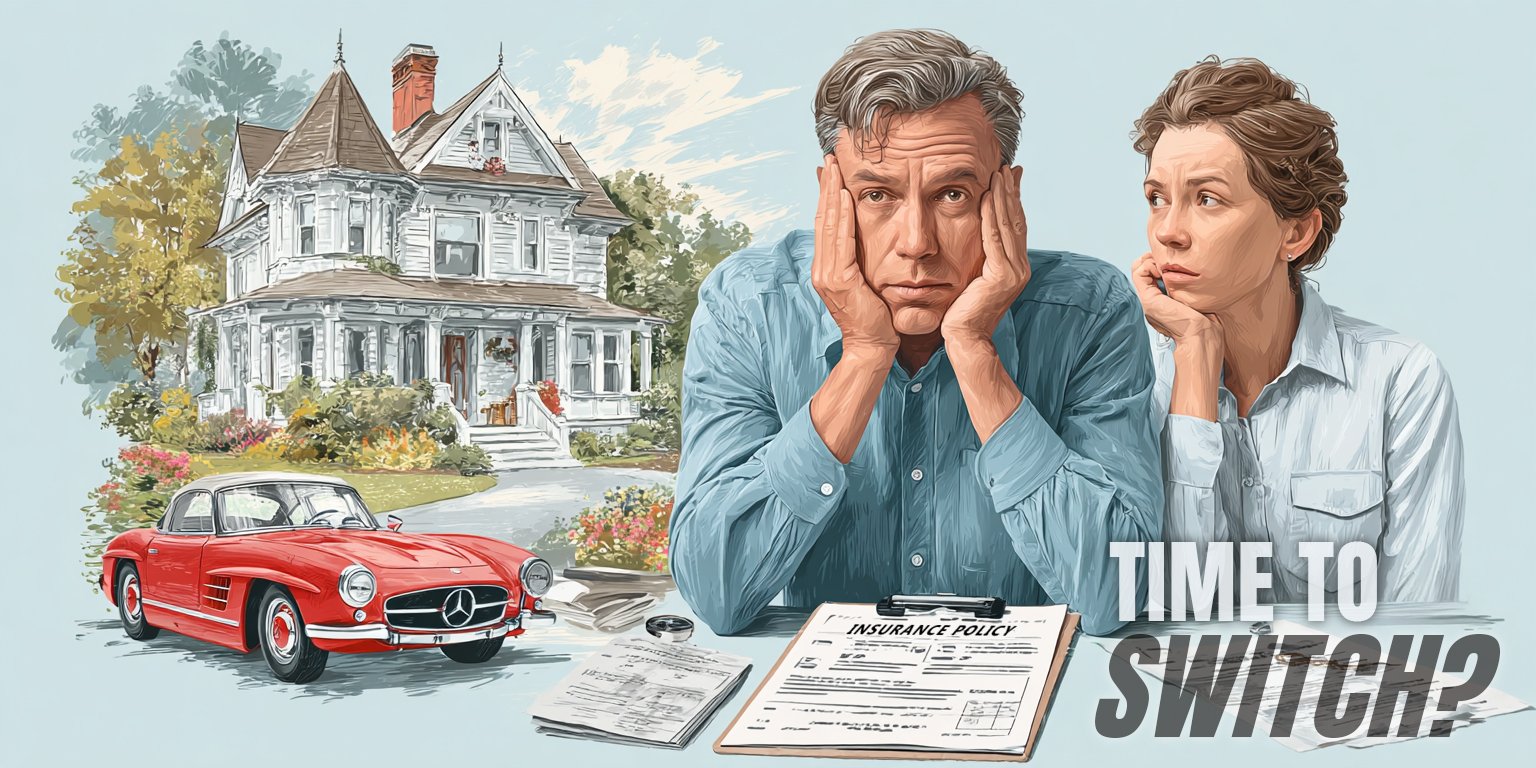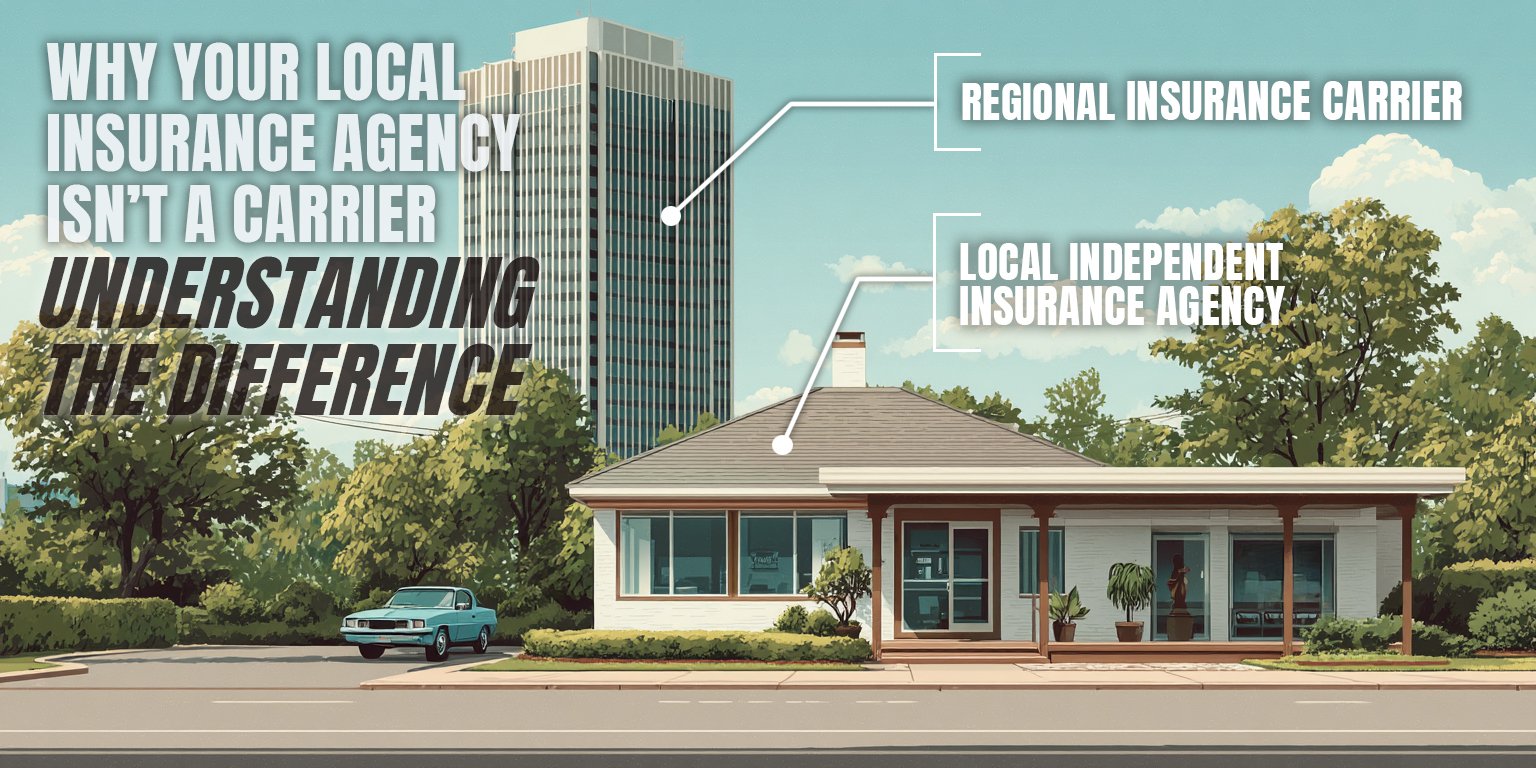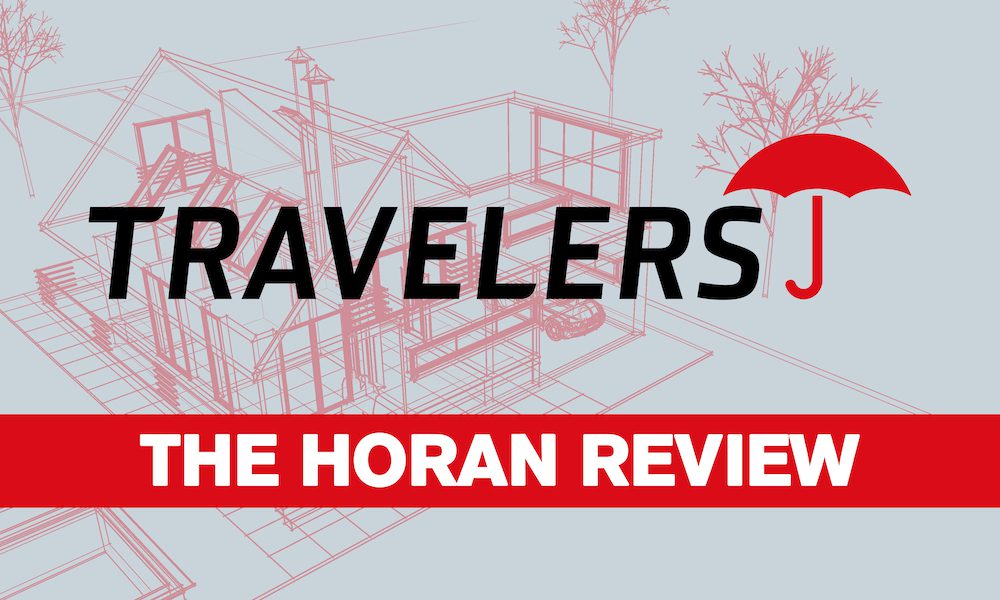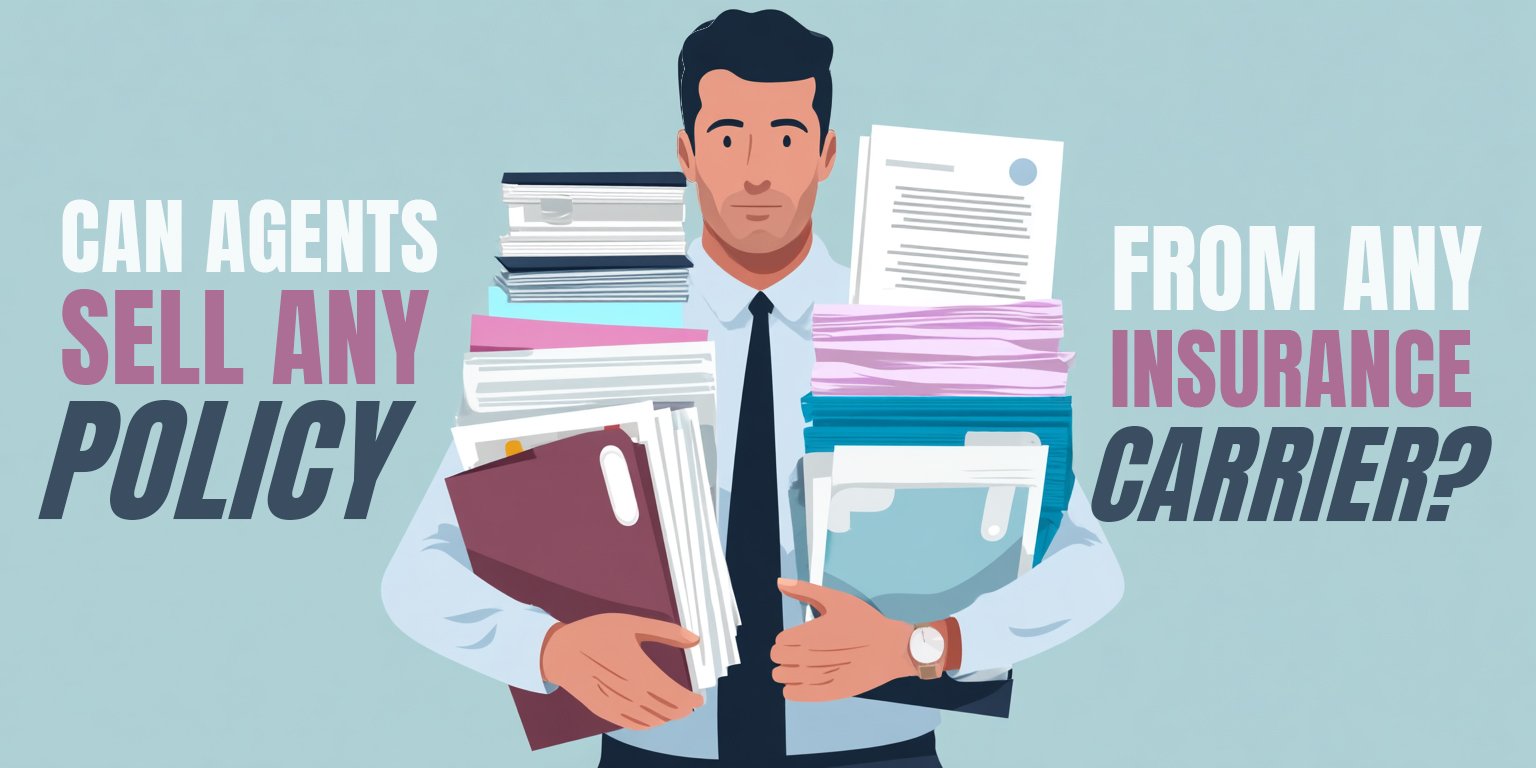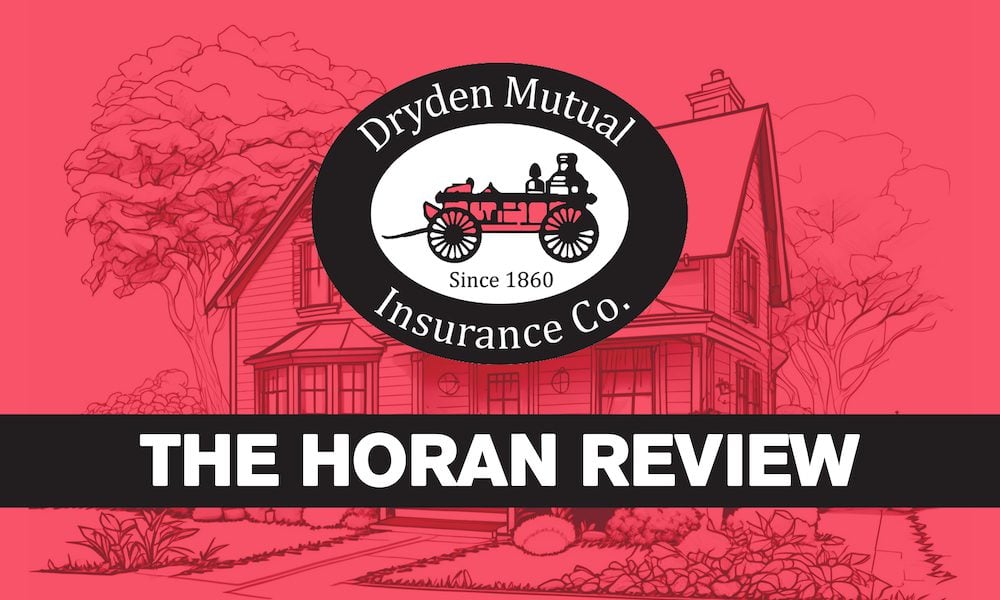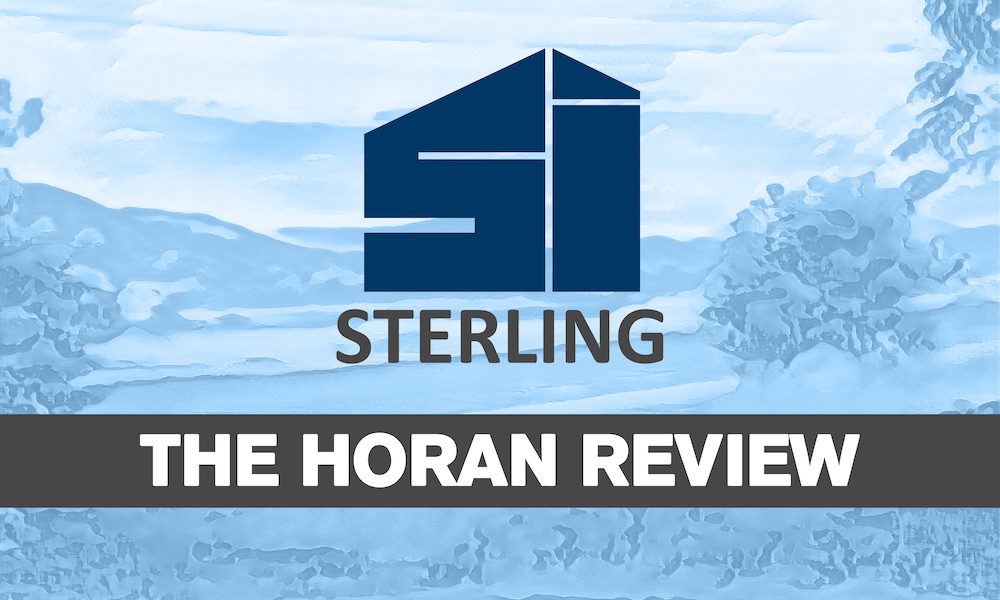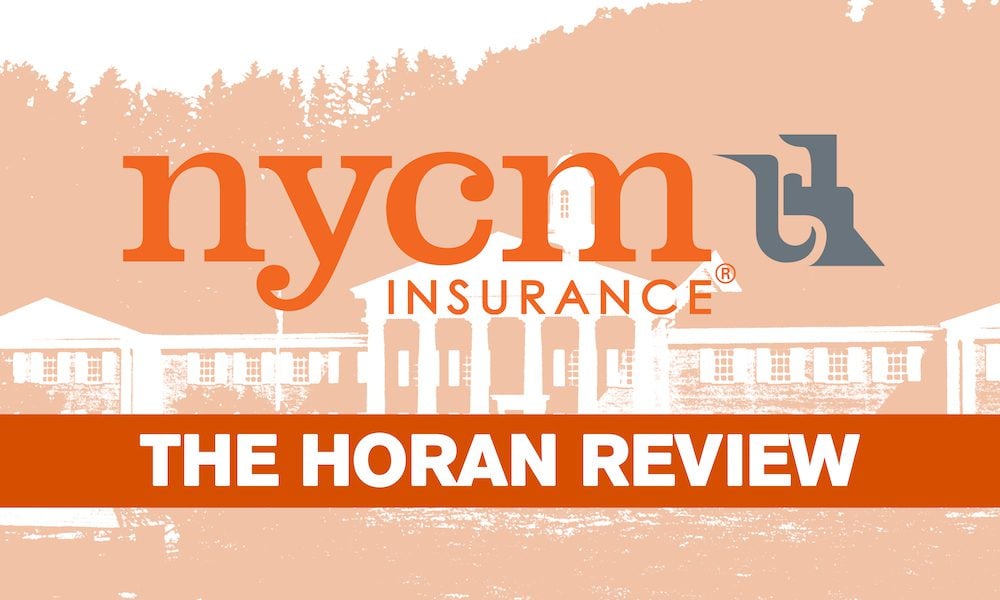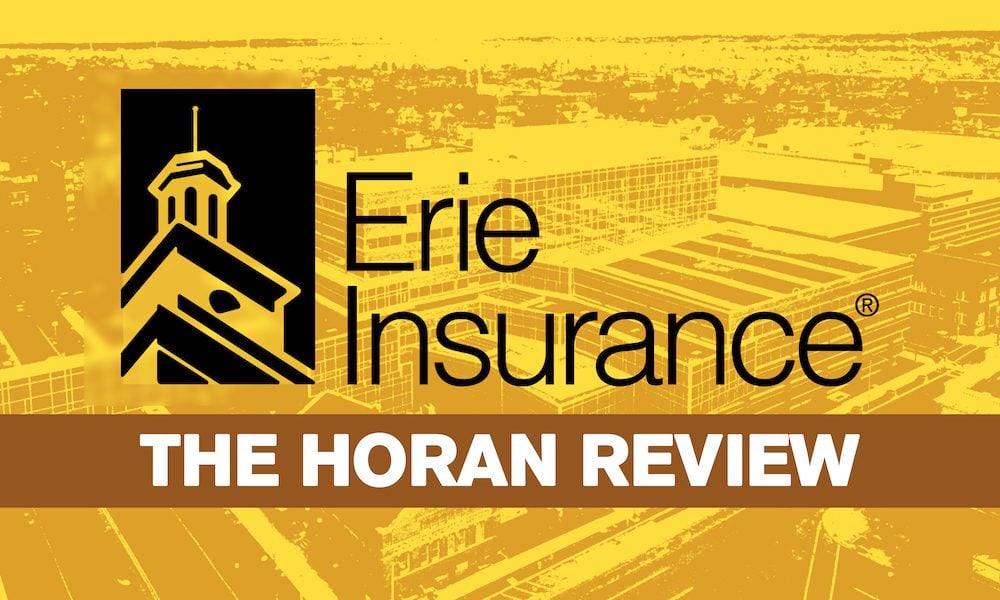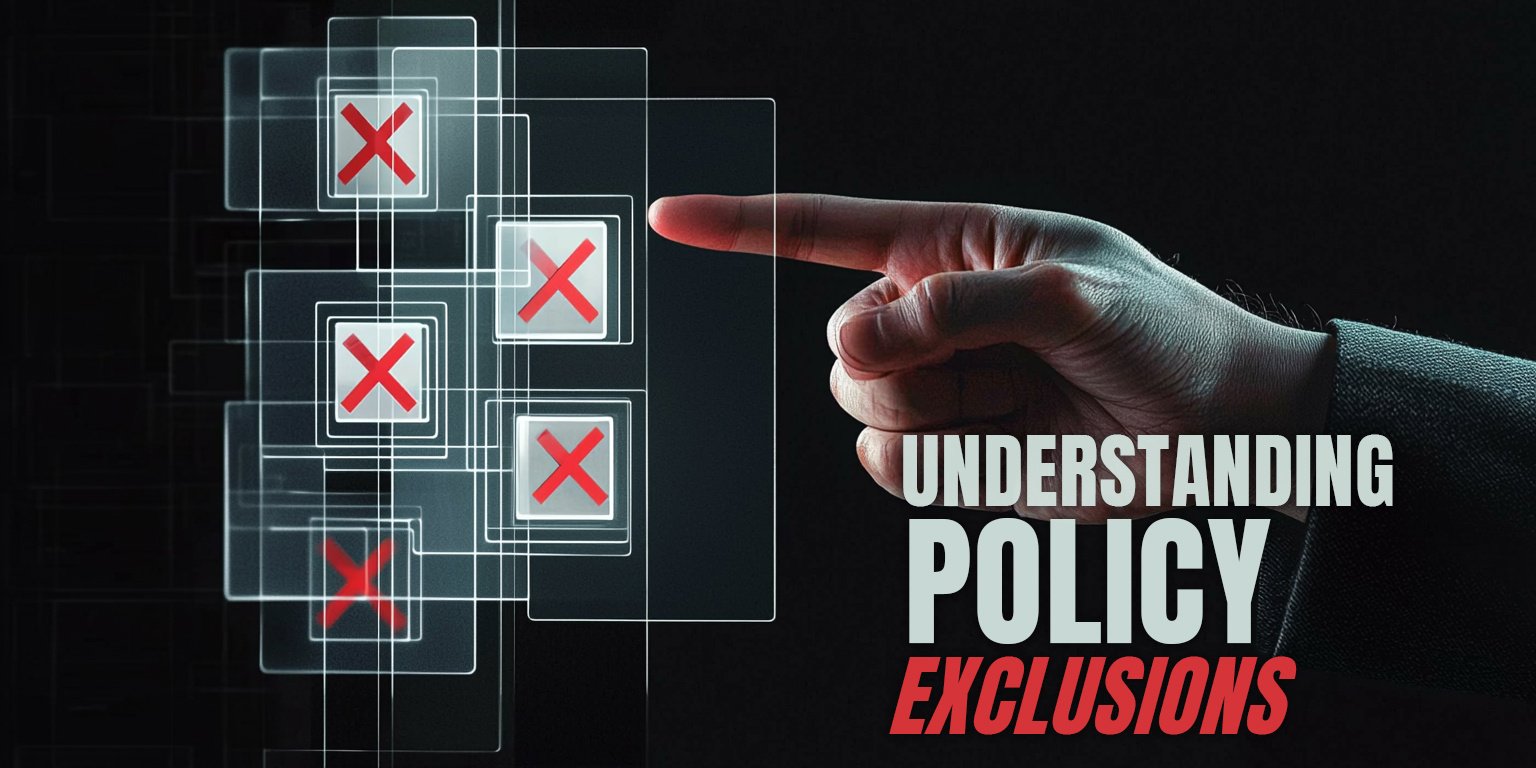
Auto insurance risk assessment considers your driving history, vehicle type, and typical mileage. Syracuse drivers face different risk considerations than rural Oswego residents due to traffic density and accident statistics.
Business owners encounter more complex evaluations. Insurers review your industry, operations, safety protocols, claims history, and financial stability. A restaurant in Liverpool with deep fryers presents different risks than a consulting firm in Camillus.
The Science and Data Behind Your Insurance Rates
Insurance companies don't make arbitrary decisions about your coverage. They rely on sophisticated data analysis and actuarial science to calculate risk.
Statistical models analyze thousands of similar policies to predict future claims. For example, data from the Insurance Information Institute indicates that homeowners insurance claims are frequently attributed to wind and hail, water damage and freezing, and various other property damage events. These are significant factors considered by insurers when assessing risk.
 Geographic analysis evaluates regional factors. Properties near Onondaga Lake face different flood risk considerations than those in higher-elevation areas of Manlius or DeWitt.
Geographic analysis evaluates regional factors. Properties near Onondaga Lake face different flood risk considerations than those in higher-elevation areas of Manlius or DeWitt.
Claims data influences future assessments. If your neighborhood in Cicero experienced multiple break-ins, this impacts theft risk calculations even if your specific home wasn't targeted.
How Risk Assessment Affects Your Coverage Options
Risk assessment determines more than just your premium costs. It influences:
- Coverage availability: Some high-risk properties or businesses might struggle to find standard coverage
- Policy limits: The maximum amount your policy will pay
- Deductible options: Higher-risk situations often come with higher minimum deductibles
- Endorsements and exclusions: Special additions or limitations to your policy
For example, a business in downtown Syracuse with outdated electrical systems might face coverage restrictions or higher premiums until safety upgrades are completed.
What You Can Do to Improve Your Risk Assessment
Unlike catastrophic events or market conditions beyond your control, you can influence many risk factors insurers evaluate.
For homeowners:
- Install security systems and water leak detection devices
- Upgrade outdated electrical, plumbing, and heating systems
- Maintain your roof and clear ice dams promptly during Central New York winters
- Consider impact-resistant roofing materials to withstand our harsh weather
For vehicle owners:
- Maintain a clean driving record
- Consider usage-based insurance programs that monitor driving habits
- Park in secure locations, especially in urban areas like Syracuse
- Choose vehicles with advanced safety features and anti-theft systems
For business owners:
- Implement formal safety programs and employee training
- Update fire protection systems and security measures
- Document property maintenance and safety inspection procedures
- Address hazards specific to your industry, like slip-and-fall risks for retail businesses
Beyond Individual Actions: Working with a Licensed Insurance Agent
While self-assessment helps identify obvious risk factors, there's value in consulting with a licensed insurance agent who understands the Central New York insurance market. Insurance agents work with multiple carriers and have insight into how each company evaluates risk factors differently.
For homeowners, an agent can explain why certain home features matter to insurers. For example, the age of your roof and heating system significantly impacts how carriers view your property in our harsh Central New York climate. They can also clarify why some carriers offer different rates for homes with basement sump pumps or automatic water shutoff devices.
For business owners, an agent can help translate how your specific operations affect your commercial coverage. A restaurant in Baldwinsville may face different risk considerations than the same restaurant located in downtown Syracuse. Understanding these distinctions helps when comparing quotes from different carriers.
Perhaps most importantly, agents can explain the documentation carriers require to recognize your risk mitigation efforts. Simply having a security system isn't enough—carriers need specific information about monitoring services and response protocols to apply relevant discounts.
Risk assessment shouldn't be a mysterious process that leaves you wondering why your insurance costs what it does. With proper information and preparation, you can take control of many risk factors insurers consider.
Click the Get a Quote button below to connect with our team about insurance options that address your specific situation in Central New York.
Topics:










